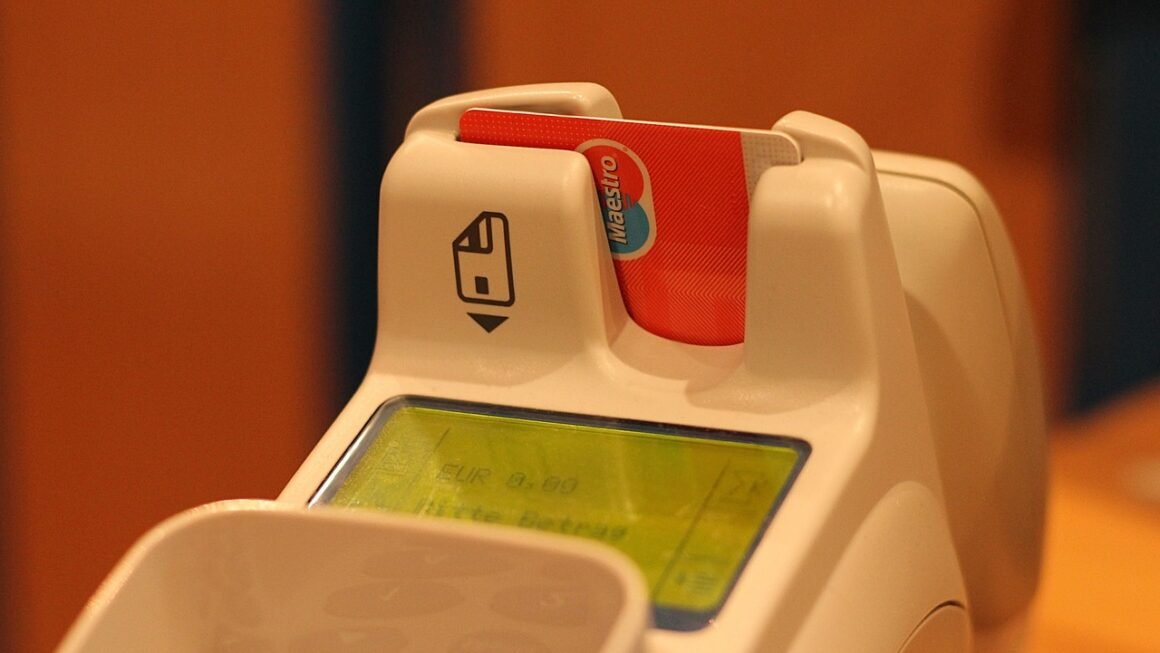A sudden surge of excitement, a countdown ticking relentlessly, and the irresistible urge to snag a deal before it vanishes – that’s the magic of a flash sale. More than just a fleeting discount, a well-executed flash sale can be a powerful tool for driving revenue, clearing inventory, and attracting new customers. But are they right for your business, and how do you maximize their potential? Let’s dive in.
What are Flash Sales?
Defining the Flash Sale
A flash sale is a short-term promotional event characterized by significantly discounted prices and a limited time frame. Unlike traditional sales that may last for days or weeks, flash sales typically run for just a few hours or a single day. This scarcity and urgency create a sense of “fear of missing out” (FOMO), encouraging immediate purchases.
Key Characteristics of Flash Sales:
- Limited Time Offer: Crucially, they are time-sensitive, creating a sense of urgency.
- Deep Discounts: Typically offer substantial price reductions, often exceeding 50%.
- Specific Products or Collections: Can be applied to a single product, a select range, or an entire category.
- Limited Quantities: Some flash sales also feature limited stock, adding another layer of urgency.
Examples of Successful Flash Sales:
Several companies have mastered the art of the flash sale. Consider these examples:
- Amazon’s Lightning Deals: Amazon frequently uses “Lightning Deals,” flash sales that last for a few hours, highlighting a single product at a deeply discounted price. They clearly display the remaining time and the percentage of deals claimed, fostering a sense of urgency.
- Gilt Groupe: A pioneer in the flash sale model, Gilt offers designer apparel, accessories, and home goods at significantly reduced prices for a limited time. They often feature different “boutiques” opening and closing throughout the day.
- ASOS: This popular online fashion retailer frequently runs flash sales on specific clothing categories (e.g., dresses, jeans) for 24-48 hours, promoting them heavily on social media and email.
Benefits of Running Flash Sales
Revenue Generation
The most obvious benefit of a flash sale is the potential for a significant boost in revenue. The combination of discounted prices and urgency can drive a large volume of sales in a short period.
- Increased Sales Volume: Discounts encourage purchases, leading to more products sold.
- Faster Inventory Turnover: Flash sales are an effective way to clear out old or slow-moving inventory.
Customer Acquisition
Flash sales can attract new customers who are drawn in by the enticing discounts. These new customers may become loyal repeat buyers if they have a positive experience.
- Attract New Shoppers: The lure of a great deal can bring in first-time buyers.
- Expand Email List: Offer early access or exclusive deals to those who sign up for your email list.
Brand Awareness and Engagement
A well-promoted flash sale can generate buzz and increase brand visibility. Social media marketing, email campaigns, and online advertising can all contribute to increased brand awareness.
- Social Media Buzz: Encourage sharing and engagement on social media platforms.
- Email Marketing Effectiveness: Drive traffic to your website through targeted email campaigns.
Data Collection and Insights
Analyzing the results of your flash sales can provide valuable insights into customer behavior, product preferences, and marketing effectiveness.
- Identify Popular Products: Determine which items generate the most interest.
- Understand Customer Preferences: Analyze purchasing patterns and demographics.
- Refine Marketing Strategies: Optimize future campaigns based on past performance.
Planning and Execution of a Successful Flash Sale
Setting Clear Objectives
Before launching a flash sale, define your goals. Are you aiming to increase revenue, clear inventory, or acquire new customers? Your objectives will guide your planning and execution.
- Define Key Performance Indicators (KPIs): Identify metrics such as sales volume, revenue, conversion rate, and customer acquisition cost.
- Establish a Budget: Determine how much you are willing to spend on marketing and advertising.
Selecting the Right Products
Carefully select the products or categories to feature in your flash sale. Consider factors such as popularity, inventory levels, and profit margins.
- Choose High-Demand Items: Focus on products that are already popular or have the potential to generate excitement.
- Manage Inventory Levels: Ensure you have enough stock to meet anticipated demand. Avoid overselling.
Setting Competitive Discounts
The discounts you offer must be attractive enough to entice customers to make a purchase, but also sustainable for your business. Research your competitors’ pricing strategies to determine a competitive discount range.
- Research Competitor Pricing: Understand the market landscape and benchmark your discounts accordingly.
- Calculate Profit Margins: Ensure that the discounted prices still allow you to maintain a reasonable profit margin.
Promoting Your Flash Sale
Effective promotion is essential for driving traffic and generating sales. Utilize a multi-channel marketing approach that includes email marketing, social media, and online advertising.
- Email Marketing Campaigns: Send targeted emails to your subscribers with compelling subject lines and clear calls to action. Segment your list for more personalized messaging.
- Social Media Promotion: Create engaging content and utilize relevant hashtags to reach a wider audience. Consider running contests or giveaways to generate buzz.
- Paid Advertising: Utilize platforms like Google Ads and social media advertising to target potential customers.
Optimizing the Customer Experience
Ensure a smooth and seamless shopping experience for your customers. This includes optimizing your website for speed and mobile devices, providing clear product information, and offering easy checkout options.
- Website Optimization: Ensure your website can handle increased traffic without crashing.
- Mobile-Friendly Design: Optimize your website for mobile devices to cater to on-the-go shoppers.
- Simplified Checkout Process: Make it easy for customers to complete their purchases quickly and easily.
Potential Pitfalls and How to Avoid Them
Insufficient Inventory
Running out of stock during a flash sale can lead to frustrated customers and negative reviews. Accurately estimate demand and ensure you have enough inventory to meet anticipated sales.
- Accurate Demand Forecasting: Analyze historical sales data and consider seasonal trends to predict demand.
- Inventory Management Systems: Utilize inventory management software to track stock levels and prevent overselling.
Website Overload
A sudden surge in traffic can overwhelm your website and cause it to crash. Invest in robust hosting infrastructure and optimize your website for speed and performance.
- Scalable Hosting Solutions: Choose a hosting provider that can handle increased traffic volumes.
- Content Delivery Network (CDN): Utilize a CDN to distribute your website content across multiple servers, improving loading times.
Poor Customer Service
Increased sales volume can strain your customer service resources. Ensure you have adequate staffing and efficient processes to handle inquiries and resolve issues promptly.
- Adequate Staffing: Ensure you have enough customer service representatives to handle increased inquiries.
- Efficient Communication Channels: Utilize multiple communication channels, such as email, phone, and live chat.
Damaging Brand Perception
If done poorly, flash sales can cheapen your brand image. Avoid excessive discounting on premium products and ensure that your flash sales are aligned with your overall brand strategy.
- Strategic Discounting: Avoid deep discounts on your core products; focus on less popular or seasonal items.
- Maintain Brand Consistency: Ensure that your flash sale messaging and branding are consistent with your overall brand image.
Conclusion
Flash sales are a powerful tool for driving revenue, acquiring customers, and boosting brand awareness. By carefully planning and executing your flash sales, you can maximize their potential and avoid common pitfalls. Remember to set clear objectives, select the right products, offer competitive discounts, promote effectively, and optimize the customer experience. With a strategic approach, flash sales can be a valuable asset to your overall marketing strategy.



